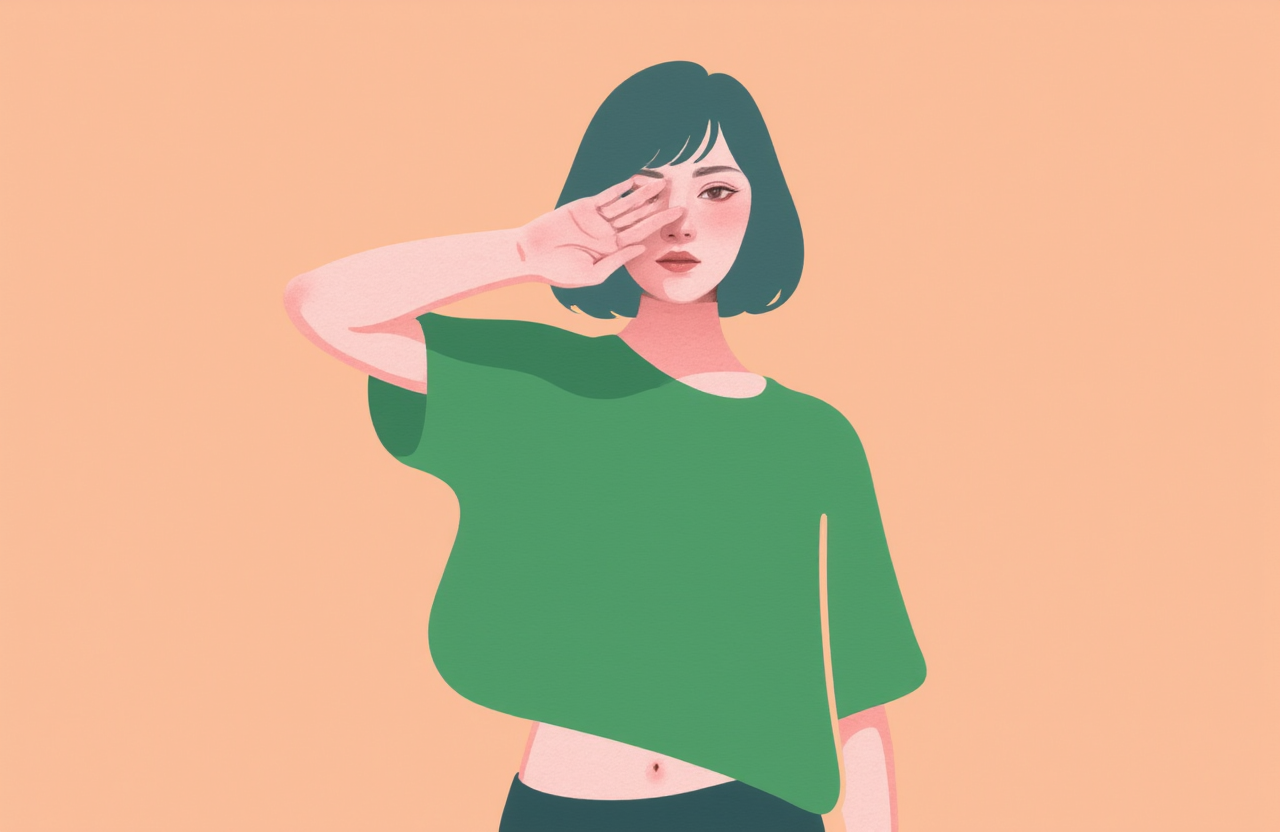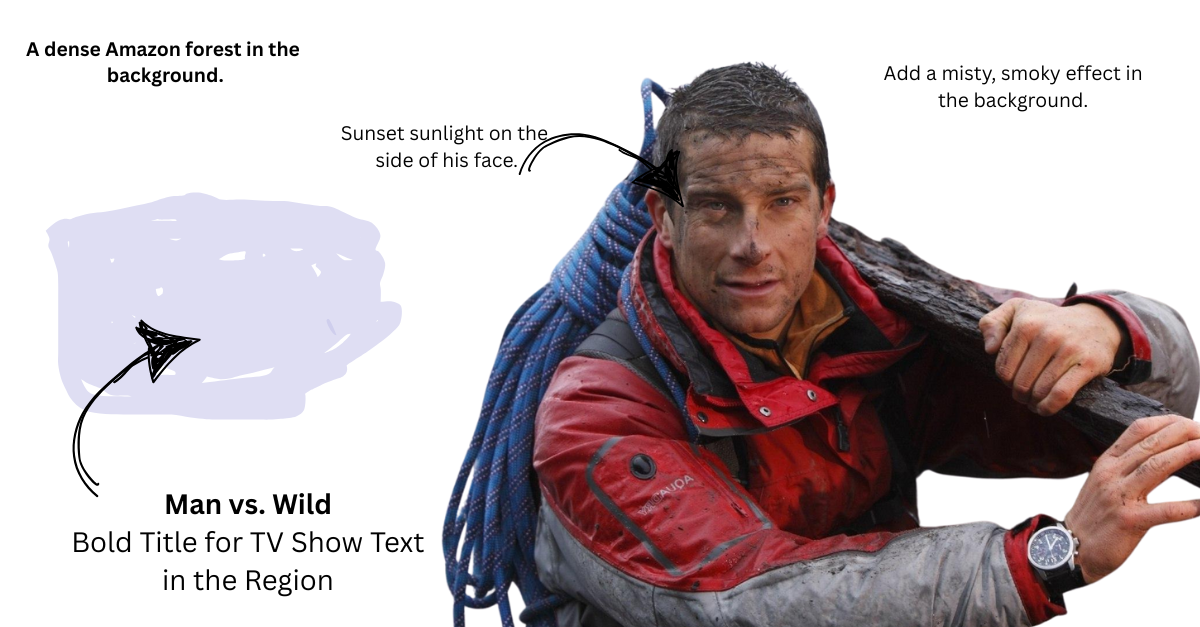ChatGPT-4o's Image Generation Capabilities and Its Wild Examples

OpenAI has recently enhanced ChatGPT with advanced image generation capabilities through the integration of its GPT-4o model. This update allows users to create detailed and realistic images directly within ChatGPT by simply providing descriptive prompts. Initially available to ChatGPT Plus and Pro subscribers, the feature has now been extended to all users, including those on the free tier, though free users are limited to generating up to three images per day.
Fun fact: Over 700 million images were generated by ChatGPT users just last week — says OpenAI!
Here are some examples featuring various styles of image-to-image, precision-focused image generation.
0] From Anime Line Art to Colored Anime Art
Converting a line art anime image into a colored and finished anime image. The prompt used is: Colorize the blank anime Line art artwork, rendered at 1200 x 627 resolution.
Input image used
Here is the output image generated from the input above.
1] From Single-Line Art to Custom-Style Image Generation
Here we begin with the ongoing trend of Studio Ghibli-style art generation from single-line art. The prompt used is: Generate a Studio Ghibli-style artwork of the image, rendered at 1200 x 627 resolution.
Input image used
Here is the output image generated from the input above.
2] Recreating the Coca-Cola poster using a freestyle design template.
Transforming a freestyle template into a regenerated Coca-Cola poster, similar to the Man vs. Wild TV ad poster. The prompt used is: Create image Edit the image according to the instructions in the image. 50% of new creativity is allowed. Generated in 1200 X 627 Size.
Input image used
Here is the output image generated from the input above.
3] From Rough Sketch to Custom Creative Image Generation
The art style is designed for creative ads — transforming a rough 'house for sale' sketch into a high-quality, detailed image. The prompt used is: Create image Edit the image according to the instructions in the image. 50% of new creativity is allowed. Generated in 1200 X 627 Size.
Input image used
Here is the output image generated from the input above.
4] From the uncolored image to the colorized image
The art style conversion transforms a black-and-white uncolored image into a colorized one. The prompt used is: Create image Colorize the image and rendered at 1200 x 627 resolution.
Input image used
Here is the output image generated from the input above.
5] From an unfinished Man vs. Wild TV show ad to a creative ad, using rough textual details in the image.
Creating a TV ad for Man vs. Wild using a rough, text-detailed image. The prompt used is: Create image Edit the image according to the instructions in the image. 50% of new creativity is allowed. Generated in 1200 X 627 Size.
Input image used
Here is the output image generated from the input above.
6] From one image to another — transferring and influencing the target image with the style characteristics of the reference
Applying the style and characteristics of one image to another, generating an output that resembles the reference image. The prompt used is: Create imageCreate the image using the first image as the target and the second image as the reference [reference image is colored image, girl ride cycle ]. Convert the uncolored image into the color style of the reference image. Apply only the color to the first image in the style of reference image. Generated in 1200 X 627 Size.
Input image used
| Target Image | Reference Image |
|---|---|
 |
 |
Here is the output image generated from the input above.
7] Combining multiple images to create a unified output image.
Combining or blending images to create a new, creative image. The prompt used is: Create image Combine the images and generate a new one, allowing 50% creative freedom. Generated in 1200 X 627 Size.
Input image used
| Image 1 | Image 2 |
|---|---|
 |
 |
Here is the output image generated from the input above.
8] Image Generation from Deeply Descriptive Prompts.
Text to Image
Generating images from highly detailed prompts with a deeper understanding of the written text. The prompt used is : Create image A wide-angle photo, captured on a phone, shows a glass whiteboard in a room with a view of the Bay Bridge. A woman is seen writing on the board, wearing a t-shirt prominently featuring the OpenAI logo. Her handwriting is natural and slightly messy, and the reflection of the photographer is faintly visible in the glass. On the left side of the board, the text reads: “Transfer between Modalities: Suppose we directly model p(text, pixels, sound) with one big autoregressive transformer.” Below this are listed pros such as “ image generation augmented with vast world knowledge, * next-level text rendering, * native in-context learning, * unified post-training stack,” followed by cons: “ varying bit-rate across modalities, * compute not adaptive.” On the right side, under “Fixes,” it states: “ model compressed representations, * compose autoregressive prior with a powerful decoder.” In the bottom right corner of the board, she sketches a simple diagram that reads: “tokens → [transformer] → [diffusion] → pixels.”
Here is the output image generated from the input above.
Change in the direction of human characters
Modifying the viewpoint or orientation of human characters in the scene. The prompt used is : Create image selfie view of the photographer, as she turns around to high five him
Here is the output image generated from the input above.
Wordplay-based text-to-image generation with GPT-4o
Creative text-to-image generation using wordplay prompts with GPT-4o. The prompt used is : Create image In a mid-century home, magnetic poetry decorates a fridge with the phrase arranged across several lines: “A picture” on the first, followed by “is worth,” then “a thousand words,” and “but sometimes”—after which there’s a large gap before the continuation—“in the right place,” “can elevate,” and “its meaning.” A man stands nearby, holding the words “a few” in his right hand and “words” in his left, as if contemplating where they might belong in the visual poem.
Here is the output image generated from the input above.
Comic-style panel image generation
Transforming ideas into comic strip-style visuals using panel-based image generation. The prompt used is : Create image A four-panel comic strip opens with a little snail at the counter of a flashy car showroom, barely visible over the edge. The salesman is leaned dramatically over the desk just to see him. In the next panel, there’s a close-up of the snail, looking intensely serious as he says, “I want your fastest sports car… and I want you to paint big letter ‘S’s on the doors, the hood, and the roof.” The third panel shows the salesman scratching his head, puzzled. “Um… we can do that, but why the S’s?” In the final panel, there’s a smash cut to a red blur roaring down the highway—the sports car, now covered in giant S’s, blazing past stunned pedestrians. People on the sidewalk are pointing and laughing, shouting, “WOW! LOOK AT THAT S‑CAR GO!”
Here is the output image generated from the input above.
Experimental Image Generation [Text-to-Image]
Pushing boundaries with experimental text-to-image art. The prompt used is : Create image an infographic explaining newton's prism experiment in great detail
Here is the output image generated from the input above.
Some different perspectives of the infographics. The prompt used is : Create image now generate a POV of a person drawing this diagram in their notebook, at a round cafe table in washington square park
Here is the output image generated from the input above.
Incorporate a real-time human perspective into the implementation. The prompt used is : Create image now show the same scene with a smug young Isaac Newton sitting at the table, with a prism, demonstrating the experiment, without the notebook in view
Here is the output image generated from the input above.
Conclusion
In conclusion, ChatGPT-4o's enhanced image generation capabilities represent a groundbreaking fusion of text and visual creativity. By enabling users—from seasoned professionals to everyday enthusiasts—to effortlessly transform descriptive prompts into vivid, detailed images, this technology not only democratizes creative expression but also pushes the boundaries of what’s possible in digital art. Whether it's reimagining classic designs, colorizing black-and-white photos, or generating entirely novel scenes from complex narratives, the integration of GPT-4o heralds a new era where artistic vision and advanced AI collaborate seamlessly. As these tools continue to evolve, we can look forward to even more innovative ways to capture, express, and share our creative ideas. Text-to-image generation references inferred from OpenAI's announcement blog for ChatGPT-4o image generation.
Thanks for reading🤗 — now go create something amazing!




















